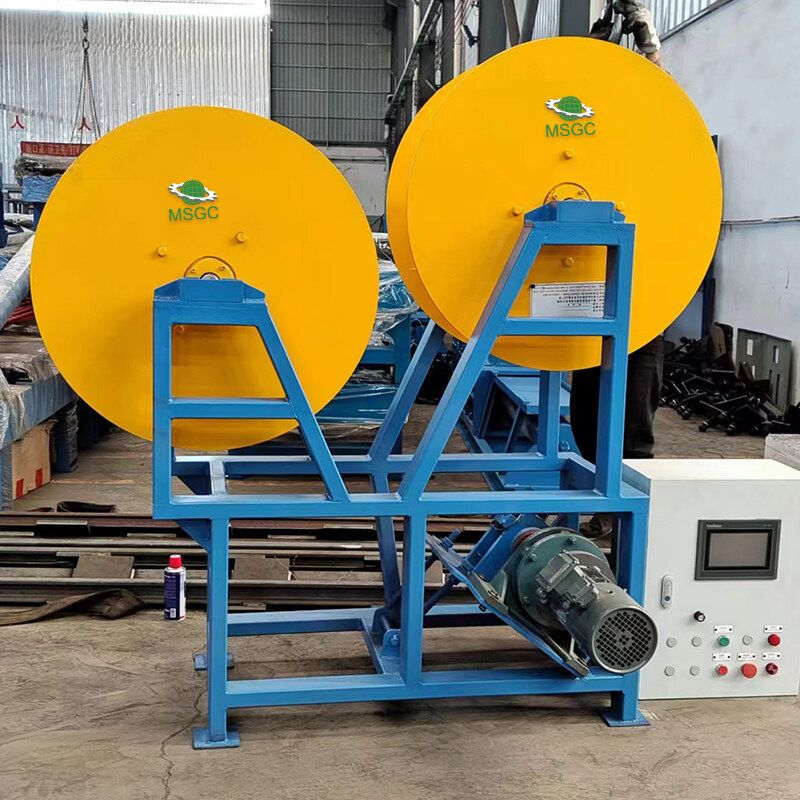AITi5B1 wire feeding machine be used to refine the internal structure of aluminum billets.

Modification treatment
1. The most commonly used method for adding trace alloying elements is to add titanium (Ti), boron (B), and other elements to aluminum alloys. According to the classical nucleation theory, during the solidification of liquid metal, nucleation requires a certain degree of undercooling to provide driving force. After adding titanium boron wire into the aluminum alloy melt, compounds such as TiB ₂ can serve as heterogeneous nucleation cores. The crystal structures of these compounds have certain similarities with certain phases in aluminum alloys, which can reduce the nucleation work during solidification and enable aluminum alloys to nucleate in large quantities at lower undercooling. In aluminum melt, Ti can form TiAl3 compounds with Al, and boron can form AlB ₂ compounds with aluminum. These compounds have crystal structures and lattice constants similar to aluminum, and can serve as heterogeneous nucleation cores for aluminum crystallization, greatly increasing nucleation rate and refining grain size. For example, adding 0.1% -0.2% Ti and 0.01% -0.03% B to industrial pure aluminum can significantly refine the grain size of the ingot.
In addition, strontium (Sr) is also a commonly used modifier, mainly used in Al Si alloys. The strontium atoms in aluminum strontium alloys can combine with the silicon atoms in aluminum alloys to form some compounds or atomic clusters. These substances will aggregate at the growth front of eutectic silicon, blocking the diffusion of silicon atoms to the eutectic silicon growth interface, thereby inhibiting the growth of eutectic silicon and making its size smaller and distribution more uniform. Sr can significantly alter the growth morphology of primary and eutectic silicon, transforming them from coarse plate-like or needle like structures to fine fibrous or granular structures, thereby improving the mechanical properties of the alloy. Generally, adding 0.01% -0.05% Sr to Al Si alloy can achieve good modification effect.
2. In order to conveniently and accurately add refining elements to aluminum alloys, intermediate alloys such as Al-Ti-B intermediate alloys and Al-Ti-C intermediate alloys are often used. These intermediate alloys can uniformly release refining elements in the aluminum melt, ensuring the stability and reliability of the refining effect. For example, there are multiple ratios of Ti and B content to choose from in Al-Ti-B intermediate alloys. Depending on the composition and performance requirements of different aluminum alloys, an appropriate ratio of intermediate alloy can be selected for addition.
Wire feeding machine design: Single disc and dual disc are available.


The single disc type wire feeder is automatic fixed frequency with motor.
Dual disc wire feeder
- It can achieve independent wire feeding through two holes on one device, with four working modes, including one for use and one for backup, dual wire feed, and independent feeding of two materials.
- One device with two systems improves equipment redundancy and automatically switches when an abnormal track is identified.
- Stainless steel material is used inside and outside, and the cables are protected by stainless steel braided pipes, with strong on-site adaptability.
- Self cleaning, maintenance free, high precision, and strong reliability
- Designed with automatic chip removal holes, the device automatically removes media debris during operation, without disassembly.
- Using a planetary ger reducer, with strong torque, high accuracy, and lifelong maintenance free.
- Electrical components use first tier brands, fully enclosed passive heat dissipation, fearless of harsh environments.
- Automatic compensation, Quality traceability, Strong compatibility
- Perfect automatic feedback mechanism, automatic identification of anomalies, automatic handling, and unmanned operation throughout the entire process
- Automatically record production parameters and generate production logs, facilitating quality traceability.
- All interfaces can be highly customized to fit customers' on-site usage habits.










